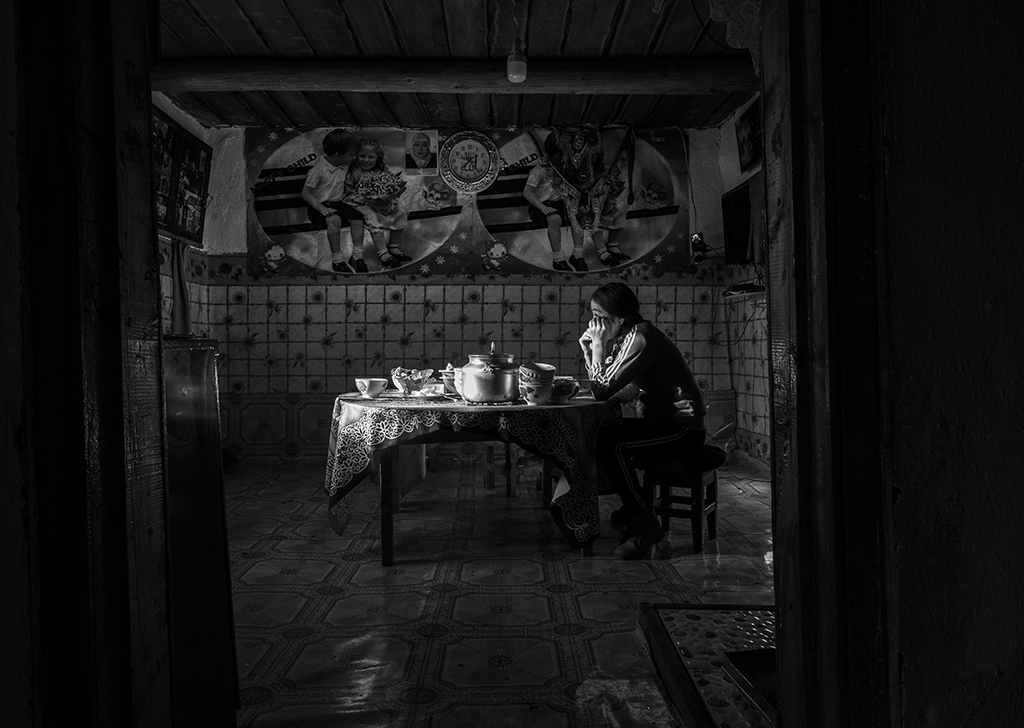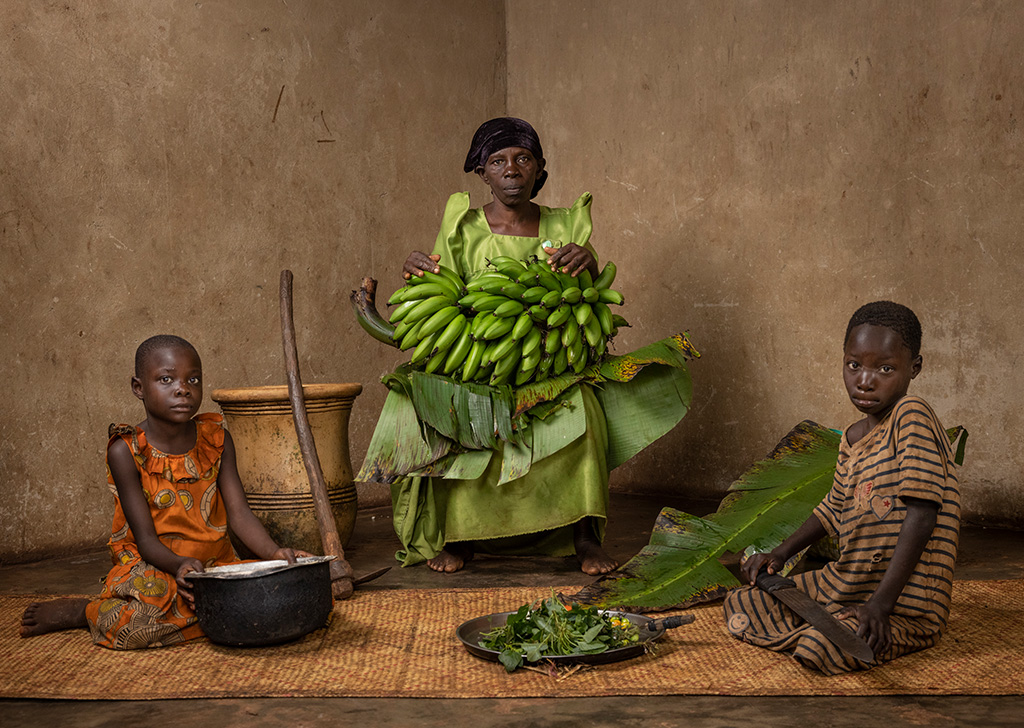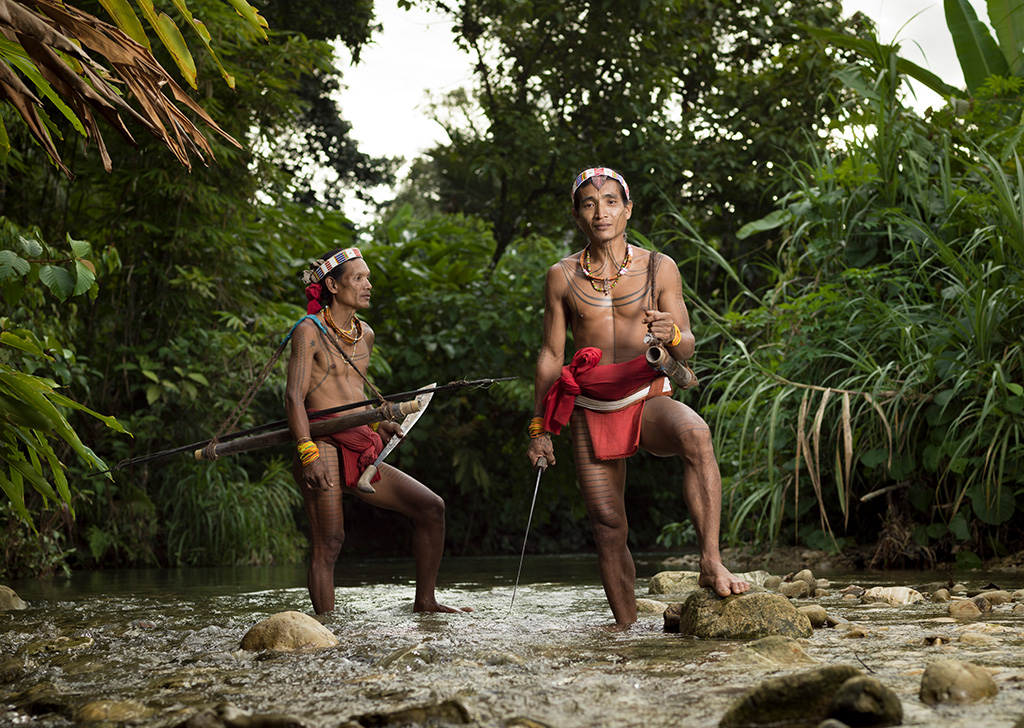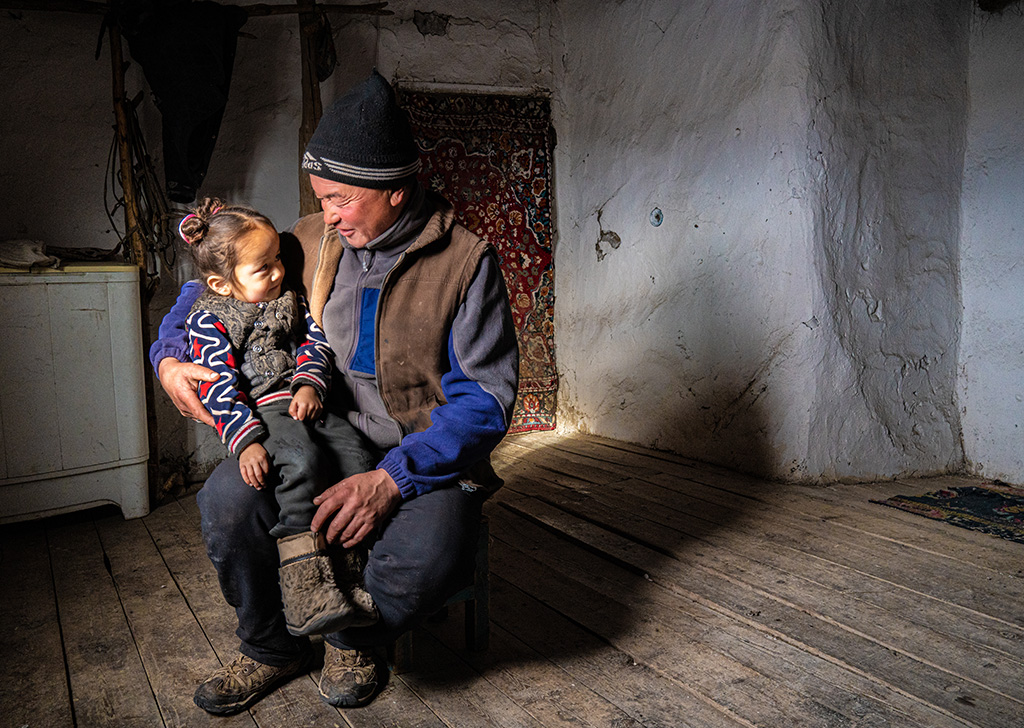It is a privilege to document culture, tradition and a way of life that is often in stark contrast to how most of us live. It also comes with a lot of challenges. Photographing these subjects require a precise balance between respect and getting up close to the subject.
It is here the photographers often find striking scenes and beautiful stories. SNAPSHOT talks to photographer Matt Jacob to discuss how he manages to capture life within native and aboriginal communities with honesty, narrative and emotion.
Your work features a lot of tribes, aboriginals, and native communities as the subject. How did your focus for creating these types of images start?

EOS 5D Mark IV, EF24-70mm f/2.8L II USM, f/18, ISO 1600, 1/100s, 20mm
I’ve been travelling all my life, and my interest in travelling is not just a result of my photography but also my interest in people.
Whenever I travel, I try to shoot something that’s not necessarily tourist-y because that’s too easy and doesn’t show the true culture of the place you’re visiting.
I knew that people would be an interesting subject and that there was so much more to explore in this regard, as there are so many different types of cultures and people out there.
Please give us an example of how you go about planning a trip, approaching a tribe or a community, and preparing for the first day of shooting?

EOS R5, RF50mm f/1.2L USM, f/5, ISO 100, 1/250s, 80mm
Usually, I work with a fixer or someone who can arrange things for me on the ground. They’re especially helpful when I don’t know the area, the community, or language.
I’ve recently done a project in the U.S. with cowboys. I did a lot of that myself but the initial contact between the cowboys was through someone who knew them.
The previous project in Indonesia was more challenging. Through research I found someone who knew the tribe I wanted to photograph. We worked for three months just planning.
It was very remote and was during COVID, so we didn’t want to put the community at risk. This made things more complicated.
As a photographer, you must be pragmatic. You should know that when plan A doesn’t work out, you need a plan B. With a fixer, you’ll also understand risks and plan better.
What are the things you always have with you before you get in the field to shoot?
I just take my Canon EOS R5 and two lenses, Canon EF24-70mm f/2.8L II USM and a RF50mm f/1.2L USM which are some of the best lenses I’ve come across. I’ve always been a Canon guy so once the EOS R5 came out, I got it. I also use an ambient light and a strobe if I can fit it in my bags. And of course, a tripod.
What are the biggest challenges faced when photographing tribes or indigenous peoples?

EOS R5, RF24-70mm f/2.8L IS USM, f/6.3, ISO 640, 1/25s, 42mm
Language, but that’s what often makes it an interesting project. That’s where a fixer can be very helpful. The second biggest challenge is that these indigenous people either haven’t seen a camera before or haven’t been properly photographed in a proper set up.
If I’m taking these portraits, I should be able to direct them to get the look I want. If they haven’t done that before and they don’t understand what I’m doing, it won’t make a good photo.
A fixer can help, but I usually spend the first few days not taking any photos. I’ll spend the first three days of a week-long trip getting to know the community. I can show them my work which we’ll bond and laugh over. In the end, the pictures I take are well worth it.
What unique skills as a photographer do you develop when shooting these types of photos?

EOS R5, RF50mm f/1.2L USM, f/3.2, ISO 64, 1/640s, 80mm
I think location scoping. A lot of my photos are environmental portraiture - it’s not just someone’s face. I want the subjects to feel comfortable, and in an environment where the viewer can see what’s around.
As photographers go through their career, they also just get better at understanding lighting conditions on-site and how to put it all together quickly. When you have an hour of nice light, you don’t want to spend 30 minutes fiddling around. It needs to come together quickly and naturally.
I’ve never really been that good with people. That’s one of the reasons I love photography. Being dropped into someone’s world is alien for both me and my subject. I must work with them and make them understand who I am. This developed my people skills a lot.
Please share a favourite photo and the story behind it.

EOS R5, RF50mm f/1.2L USM, f/5, ISO 200, 1/400s, 80mm
My recent favourite was of the two brothers who are shamans of the village. Kind of the whole trip was based around this one shot. It’s a wide-angle that has been cropped for the book.
When I got there, one of the brothers fell ill. I didn’t see him for the first four days. On day five he was OK, but the weather was bad. On my last day, in the morning, he decided he’d come out. I think he wasn’t as keen as his brother to be photographed.
It got down to that last evening and I had them where I wanted them to be. “Finally, you guys are ready to be photographed,” I said. This is the one shot out of twenty that we weren’t laughing.
What is your advice to photographers who are interested in similar subjects?

EOS 5D Mark IV, EF24-70mm f/2.8L II USM, f/13, ISO 2500, 1/30s, 26mm
Planning is everything. Most plans don’t go well so you always need a backup plan. I don’t turn up without knowing exactly what photos I want to take. If you’re planning it months in advance, you’re leaving very few things to chance.
And like everything, just practice. If you have your project set, and it’s happening in a month, you have time to practice. Practice on your loved ones, pets, or try some photography projects at home, so your camera and its settings become second nature.
Check the weather, the location you need, the angle you want, etc. I think that’s the difference between good photography and excellent photography.
Matt has shared in-depth what goes on in the background. As with any photography project, planning is very important. By collaborating with locals and lots of preparation, Matt can share with the world his outstanding photos.
Documenting a unique way of life could be your next big challenge as a photographer. With advice from Matt in mind, are you ready to plan a trip and start your adventure?
For similar articles:



































